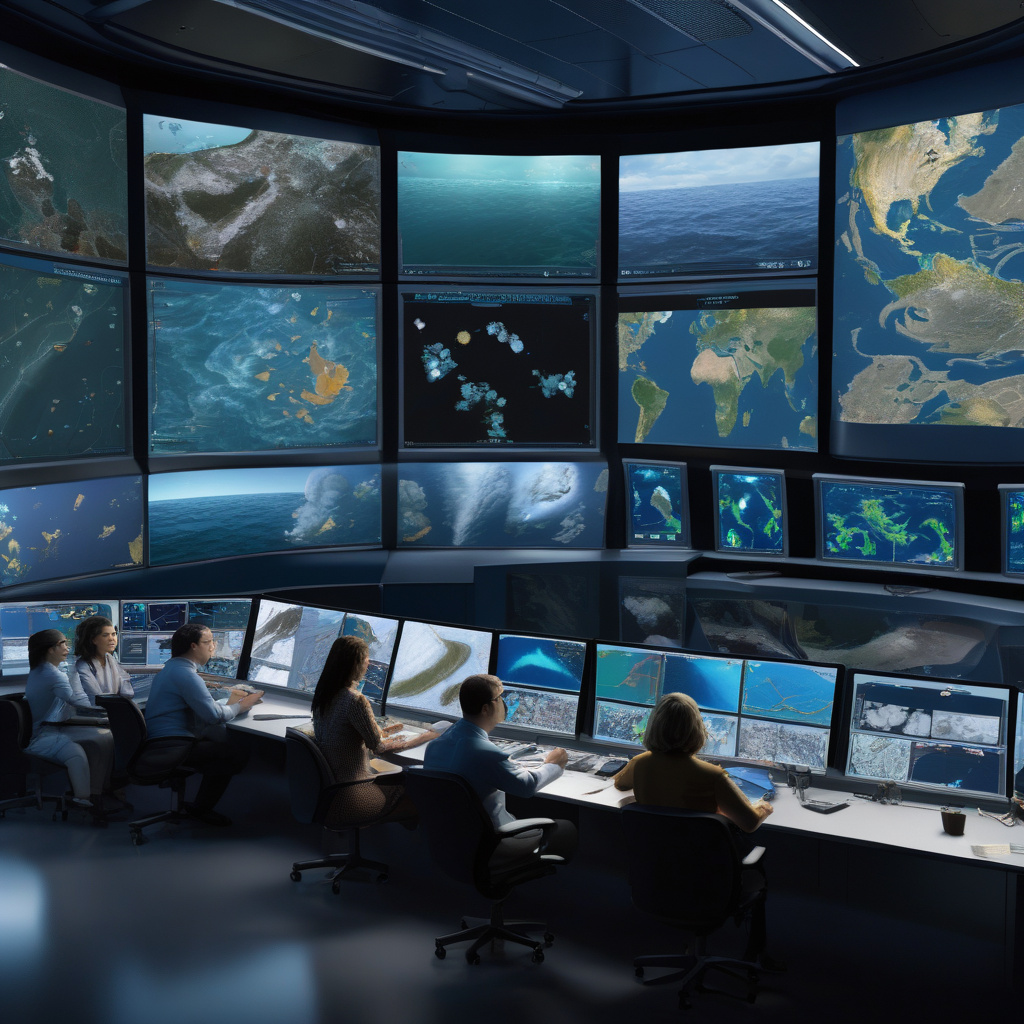Revolutionizing Marine Forecasting: UK Researchers Unveil Low-Cost AI Model for Real-Time Predictions
In the realm of marine forecasting, precision and timeliness are crucial factors that can make a significant difference in ensuring the safety of marine activities, the efficiency of shipping routes, and the protection of coastal areas from natural disasters. Traditional methods of ocean forecasting have long relied on complex mathematical models and historical data to predict oceanic behavior. However, with the advent of artificial intelligence (AI) technology, a new era of real-time forecasting is on the horizon.
Recently, UK researchers have made a groundbreaking development in the field of marine forecasting by unveiling a low-cost AI model that has the potential to revolutionize the way we predict oceanic conditions. This innovative AI tool leverages machine learning algorithms to analyze vast amounts of real-time data collected from various sources such as satellites, buoys, and sensors, to generate highly accurate and up-to-date forecasts.
One of the key advantages of this AI model is its ability to adapt and learn from new data, allowing it to continuously improve its forecasting capabilities over time. Unlike traditional forecasting methods that rely on static models, this AI-powered tool can dynamically adjust its predictions based on the most recent information, making it particularly well-suited for rapidly changing oceanic conditions.
Moreover, the low-cost nature of this AI model makes it accessible to a wider range of users, including small businesses, research institutions, and government agencies that may not have the resources to invest in expensive forecasting technologies. By democratizing access to advanced forecasting capabilities, this AI tool has the potential to enhance safety measures at sea, optimize shipping routes, and mitigate the impact of natural disasters on coastal communities.
To illustrate the practical implications of this AI model, consider a scenario where a shipping company is planning a route through a region prone to sudden changes in ocean currents. By utilizing real-time data processed by the AI tool, the company can receive accurate forecasts of current conditions and potential changes, allowing them to adjust their route in advance to avoid hazardous areas and ensure the safe and timely delivery of goods.
Furthermore, researchers and environmental agencies can use this AI model to monitor and predict the impact of climate change on oceanic conditions, such as sea level rise, temperature changes, and extreme weather events. By gaining valuable insights from the AI-generated forecasts, policymakers can develop proactive strategies to mitigate the effects of climate change on marine ecosystems and coastal areas.
In conclusion, the unveiling of this low-cost AI model by UK researchers marks a significant milestone in the evolution of marine forecasting methods. By harnessing the power of artificial intelligence to provide real-time and accurate predictions, this innovative tool has the potential to transform the way we understand and interact with the oceans. As we continue to embrace AI technology in various fields, the possibilities for enhancing safety, efficiency, and sustainability in marine activities are limitless.
marine forecasting, AI model, UK researchers, real-time predictions, artificial intelligence, machine learning, oceanic conditions, shipping routes, natural disasters, climate change, marine ecosystems
